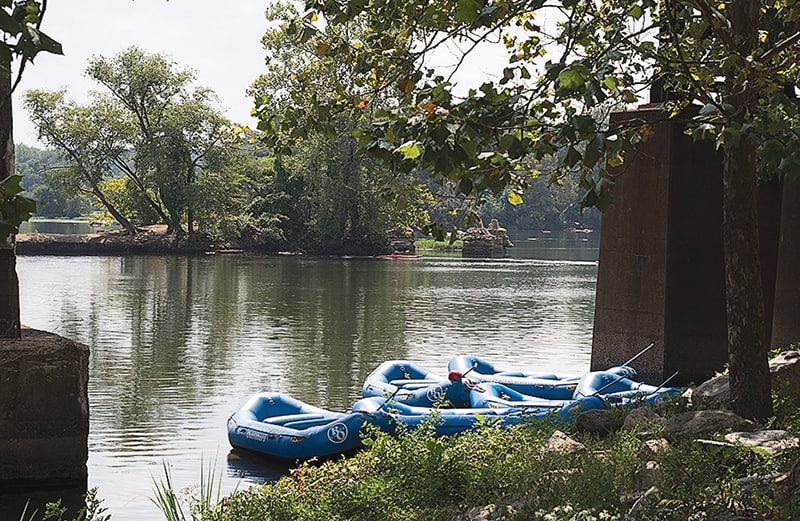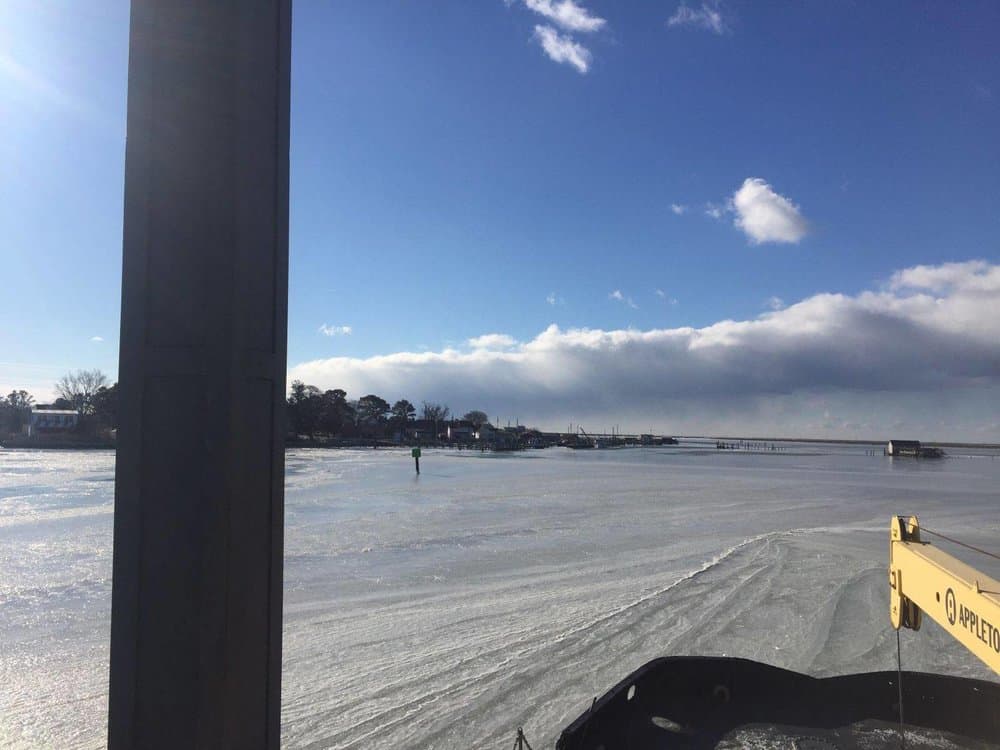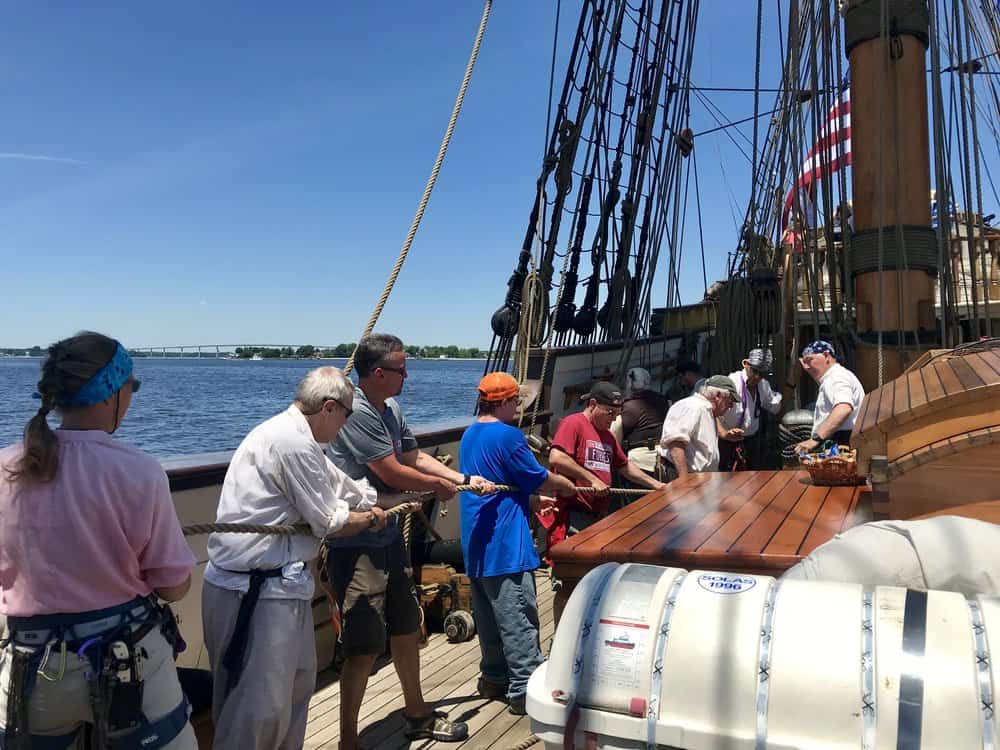By Whitney Pipkin, Bay Journal News Service
The James River has come a long way in the last 40 years, when it was once so polluted that the state outlawed fishing in its waters. And, in the decade since the James River Association began tracking its progress, recovery has continued for Virginia’s largest source of drinking water and major tributary to the Chesapeake Bay.
Dave HarpThe Richmond, VA-based nonprofit gave the river a B- in its latest report card, issued at the end of October. The rating cited improvements in water quality and wildlife abundance over the last two years, despite setbacks in sediment pollution and a loss of Bay grasses.
“To now have the James into the ‘B’ range — and being one of the healthier tributaries to the Chesapeake Bay — shows tremendous progress and reflects the amount of investment Virginia has made,” said Bill Street, CEO of the river association.
The report also marks a turning point, Street said. Sharp reductions in pollution can be attributed largely to costly upgrades of wastewater treatment plants. But continued pollution reductions will need to come from the region’s agriculture and stormwater sectors, which still have room for improvement.
The report notes that both sectors have achieved less than half of their reduction goals in the James watershed, though slight improvements were reported almost across the board. The river association is asking Virginia Gov. Terry McAuliffe to set aside more than $100 million in his outgoing budget for next year to bolster agriculture and stormwater pollution reductions, a steep increase from the amount they’ve received in recent years.
The association’s report is based on data collected from government agencies. Though the organization has only been doling out grades for a decade, much of that data goes back to the ’70s and ’80s.
New data is incorporated into the report as it is available. Data about bacteria levels in the water also was incorporated for the first time, confirming the risk that sewage overflows still pose to the river and its tributaries after heavy rains.
Smallmouth bass, oysters and bald eagles are all faring well in the river, with eagles having reached their population goals around 40 years after there had been no breeding pairs in the watershed. There were no new statistics for striped bass, which is still at about 60 percent of its population goal, according to the report.
All was not positive. Underwater grasses saw a significant decline in the James River starting in 2016. Shawn Ralston, the river association’s program director, said this came after a banner year for the grasses in 2015.
“We saw tidal water quality improve since then, so we’re not quite sure why underwater grasses have dipped,” she said. “We do know they are susceptible to sediment loads, so that could be one of the reasons.”
While sediment loads in the river did improve over the two-year period, they are still less than halfway to their goal.
“The water still gets brown when it rains,” Ralston said. “Our goal is to meet the Chesapeake Bay cleanup goal and, right now, we’re not on track with sediment.”
Street said he is concerned that the construction of Atlantic Coast Pipeline, which could generate large amounts of sediment pollution, and is being considered by the State Water Control Board next month, could present an additional setback to meeting those goals.
“That’s an important issue for the state, to make sure we maintain and protect all of those headwater streams,” Street said.
The James River group also plans to chip away at issues not addressed in this report because of a lack of data. It intends to post future special reports on toxics, drinking water quality, sturgeon populations and other issues over the next two years.
Street also said it will be important for members of Congress to maintain protections — and funding — for federal clean water initiatives to bolster local efforts.
View an interactive version of the report card at StateoftheJames.org.




